
Raynald Aeschlimann, Omega President and CEO
It made the first watch to be worn on the moon, and one of its diving watches descended to the deepest ocean depth ever achieved by a timepiece. James Bond’s watch of choice has defied predictions of a squeeze on the middle of the luxury market to prosper in the new horological landscape. We speak to Omega President and CEO Raynald Aeschlimann about thriving in the business of midmarket luxury.
The luxury watch industry has made a habit of defying the expectations and predictions of its most respected observers. Fifty years ago, mechanical watches were predicted to disappear in the quartz (electronic) watch revolution. Seiko and Casio would replace Audemars Piguet and Jaeger- LeCoultre; Japan and Asia would consign the Swiss watchmaking industry to the history books.
Follow LUX on Instagram: @luxthemagazine
Thirty years ago, with mechanical watches succeeding beyond all expectation in a market that saw timepieces as art and craft creations, not functionalities, it was generational change that was predicted. Traditional mechanical brands would be spurned by a new generation and contemporary brands would take their place, just as contemporary art has replaced old masters in the affections of the next gen art-collecting wealthy. Franck Muller would replace Patek Philippe.

The Omega Speedmaster Professional, aka the Moonwatch.
Twenty years ago, fashion watches by the likes of Chanel and Hermès were dismissed as a passing trend by watch connoisseurs who predicted their demise, or at least a lack of any kind of market traction, as watch buyers wanted real watch brands, not fashion. And ten years ago, more prosaically, watch brands were predicted to follow fashion in conglomeratisation: LVMH, by now owners of brands including Hublot and Zenith, would dominate as they do in the fashion world, and independents and specialist watch groups such as Swatch Group would fade away.

Astronaut Neil Armstrong steps onto the moon – with the Moonwatch, 1969.
None of these predictions came true; in fact, quite the opposite. Swiss watches are now a US$30 billion market. Patek Philippe’s turnover surpassed US$2 billion last year. LVMH’s watch division, far from taking over the horology world, as its armies of skinny business-school grads have done in luxury fashion, saw Tag Heuer significantly down in market share. To all those incorrect predictions, add one other: that the midmarket mechanical- watch market would disappear, squeezed from above by super-priced luxury and from below by fashion watches and wearable tech.
Omega is a brand that has defied all these trend predictions, particularly the last one. Unique in the pantheon of watch brands, it is a midmarket luxury brand (meaning you can buy one of its star watches for a mid four-figure sum in euros or dollars) that has a huge heritage tradition of firsts.
Notably, an Omega was the first watch on the moon, before product placement became an industry standard, and there have been numerous mechanical innovations and achievements, including the world sea-depth record for a watch at an astonishing 11km underwater. The brand is now the third biggest Swiss watch brand by turnover, with sales up 7.5 per cent in what was a difficult year for some in a fiercely competitive industry last year, and a total turnover of $2.9 billion. So much for predictions.

The NASA certificate qualifying the Omega Speedmaster Professional chronograph for “all manned space missions”, 1965.
LUX: What changes in the luxury-watch consumer have you seen over the years, and what strategies does Omega employ to attract next-generation customers?
Raynald Aeschlimann: It is interesting to consider the changes we have seen over the years. We opened a store in Zurich on the Bahnhofstrasse 20 years ago and people enjoyed going into the store. Nowadays it is different with digital as well as 170 stores worldwide, but our values stay the same. We have always aimed to be transparent with our customers in everything we do. I think the more you talk openly about a brand, the more people talk about it, and we communicate in a very visible way. As a kind of “traditional” brand, social networks have become quite important for us to reach everybody and especially the next generation who will buy watches in the future.

Astronaut Buzz Aldrin wearing his Speedmaster with the Velcro strap, Apollo 11, 1969.
It helps us to be closer to our consumers and to talk to them one on one. Also at Omega we want to inspire our customers. We collaborated with George Clooney and “James Bond”, both of whom everyone knows and desires to be like. And we are long-time sponsors of the Olympic Games, including now the Paralympics. Omega stands for inclusion. That’s an important message to give to the next generation. Spreading our messages just happens in new ways nowadays. But it is exciting.
Read more: Hugo Boss CEO, Daniel Grieder, redefining the brand for a new generation

Daniel Craig as James Bond deploys the Omega Seamaster Diver 300M 007 Edition in No Time To Die, 2021.
LUX: Why do you think the attraction of the mechanical watch persists?
RA: Everyone thought when the digital era came in, it would be the end of the mechanical watch, because you could just check the time on digital screens. But people want real values and, while a watch must be precise, people don’t just want it to check the time. They only invest in a watch when they know about the craftsmanship behind it.
We create long-term, classic pieces, with everything in the process made in Switzerland. I think even more today, people need real values – for example, reading nice magazines, like LUX, on a Saturday morning. It represents a whole experience, especially when the quality is good. That is similar to an Omega watch: you want to have a personal experience with it. Buying a watch brings emotion with it. The watch will be linked with you forever, maybe some day your kids will take it over. It needs to be good quality and you want to feel it on your arm – and even smell it!

Actor, director and Omega friend George Clooney with the Omega Speedmaster ’57, Lake Como, 2023.
LUX: With the rise of digital and social media, how has Omega adapted its marketing strategies to engage with a global audience?
RA: Social networks are a great tool to reach everybody, from young to old. What’s important with them is to stay credible. Across different markets, our messages have to be slightly adapted for the various social platforms. For example, in China, we present content across Douyin, WeChat, Weibo, RED, and Youku, while in Japan we have LINE, and in South Korea it’s KakaoTalk. Each has its own way to connect with users, so we make subtle changes to our content.

Buzz Aldrin, iconic on the moon, 1969.
LUX: Under your leadership, what have the most significant changes been at Omega and what does the future look like?
RA: I have been working 24 years for this brand and the development I have seen has been amazing. I respect Omega’s past and will continue to do so, creating more iconic watches and partnerships. I want to take this whole community of Omega and take it to the position of the most iconic brand in the world. We dived to the deepest point of the globe with the Seamaster Planet Ocean Ultra Deep.

Léon Marchand, multi gold-medallist swimmer of the 2024 Paris Olympics – Omega has kept time for the Games since 1932.
And we take some of the best moments in Omega’s history and reintroduce them in a new way, transforming classic models with exciting features, like diamonds, certain metals or new dials – our new range of Seamasters has different depths of blues, for example. These are all small details but matter a lot today. We have a commitment to the past and we face the future with respect.
Darius Sanai
Find out more: www.omegawatches.com




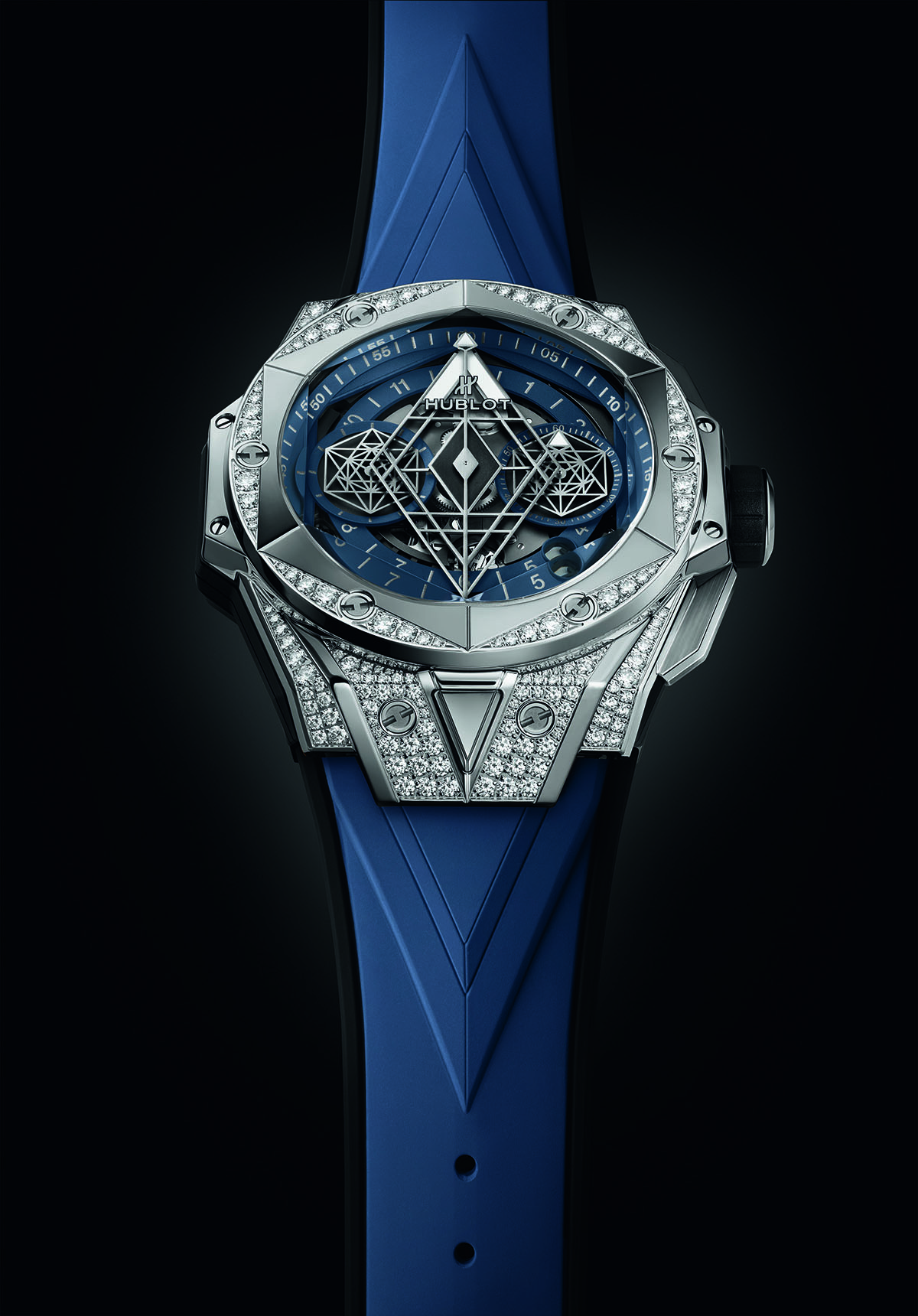

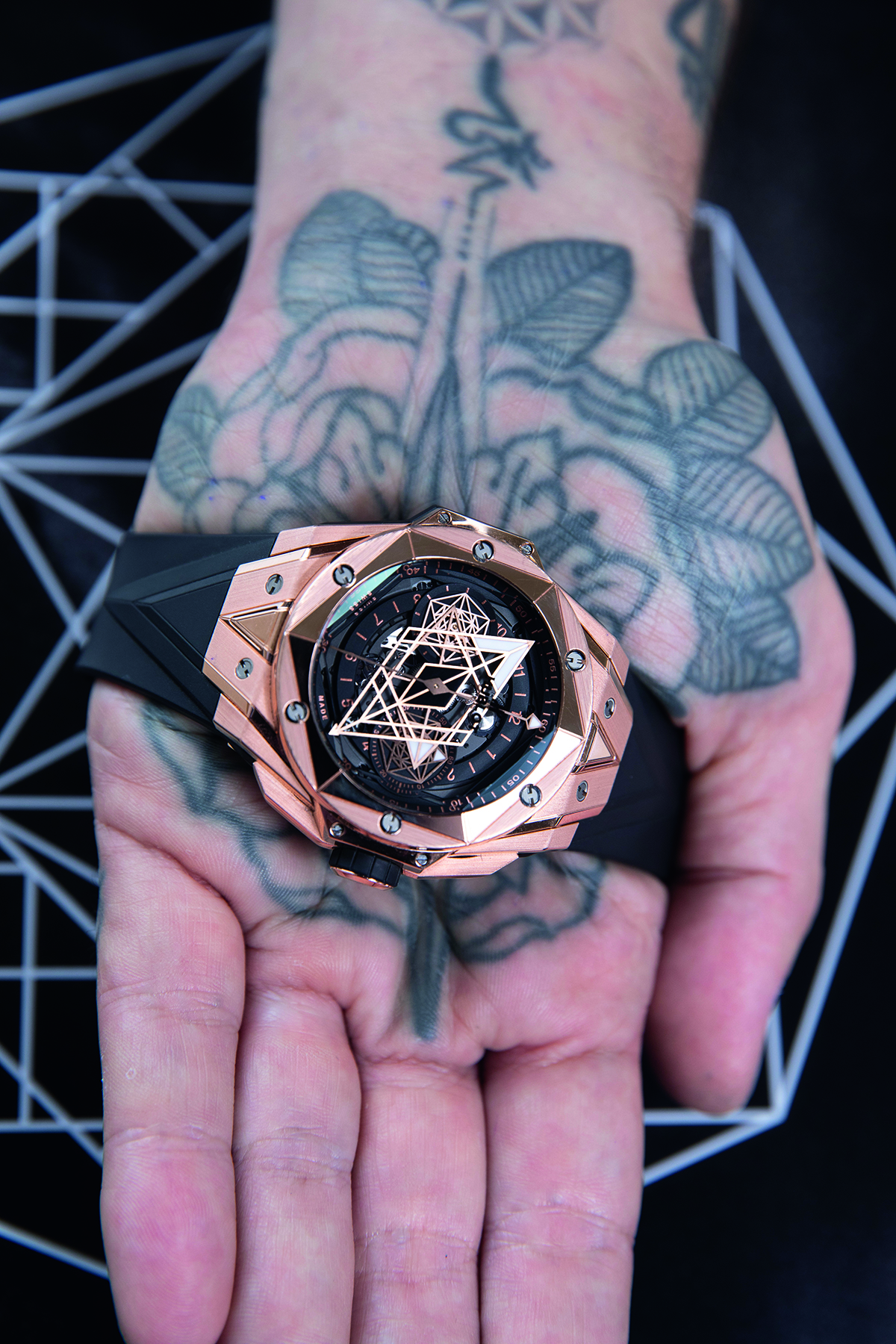
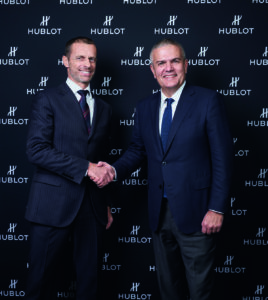
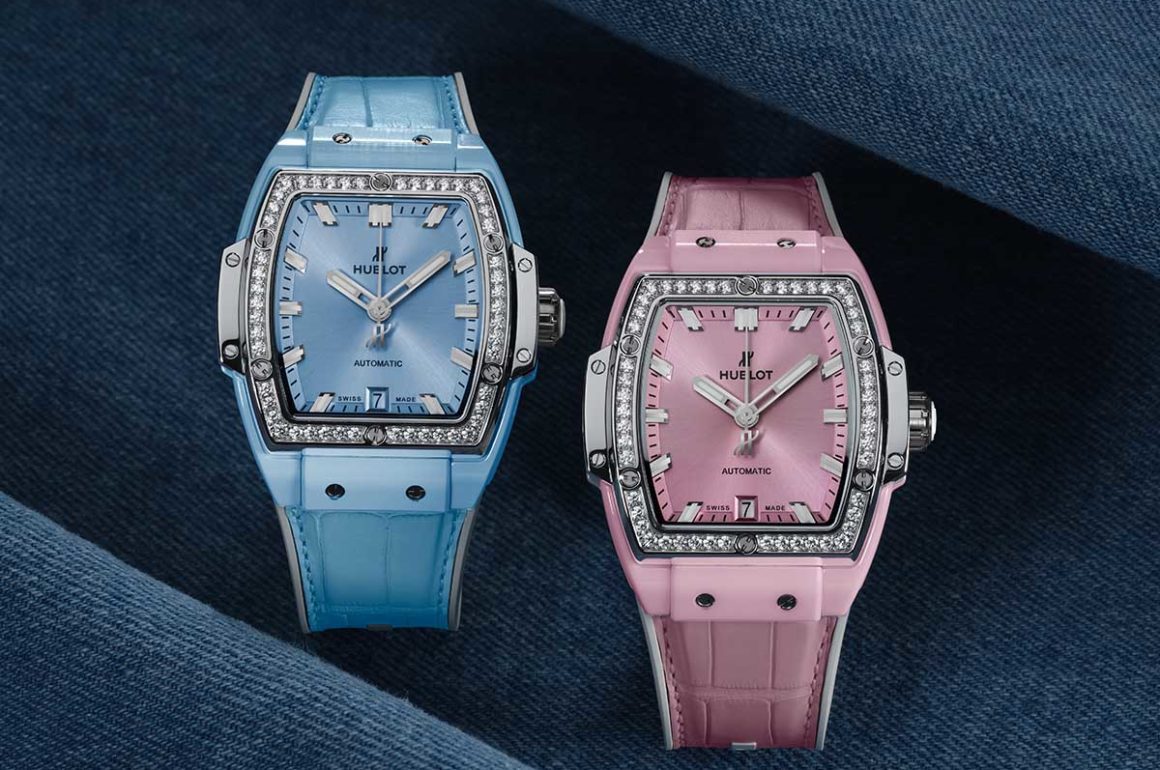
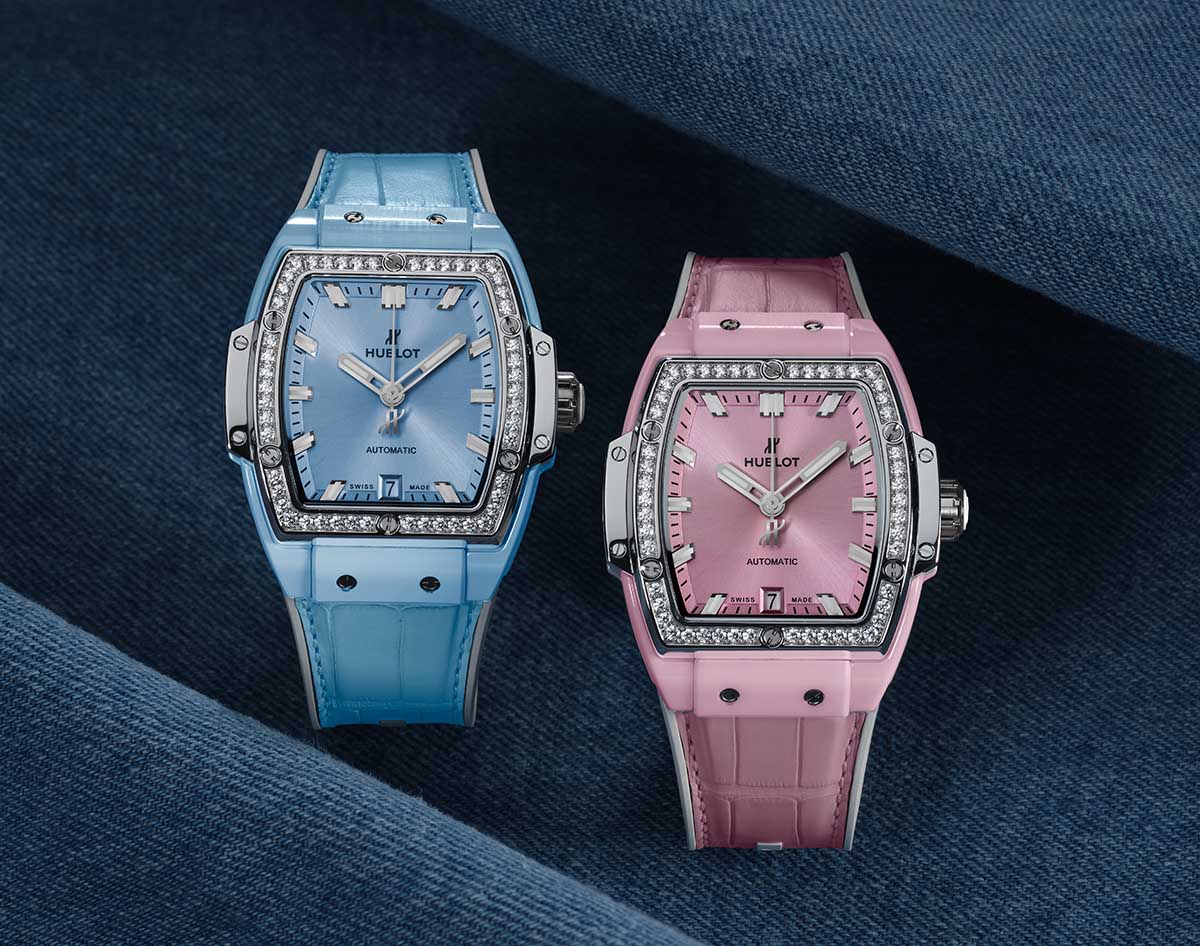

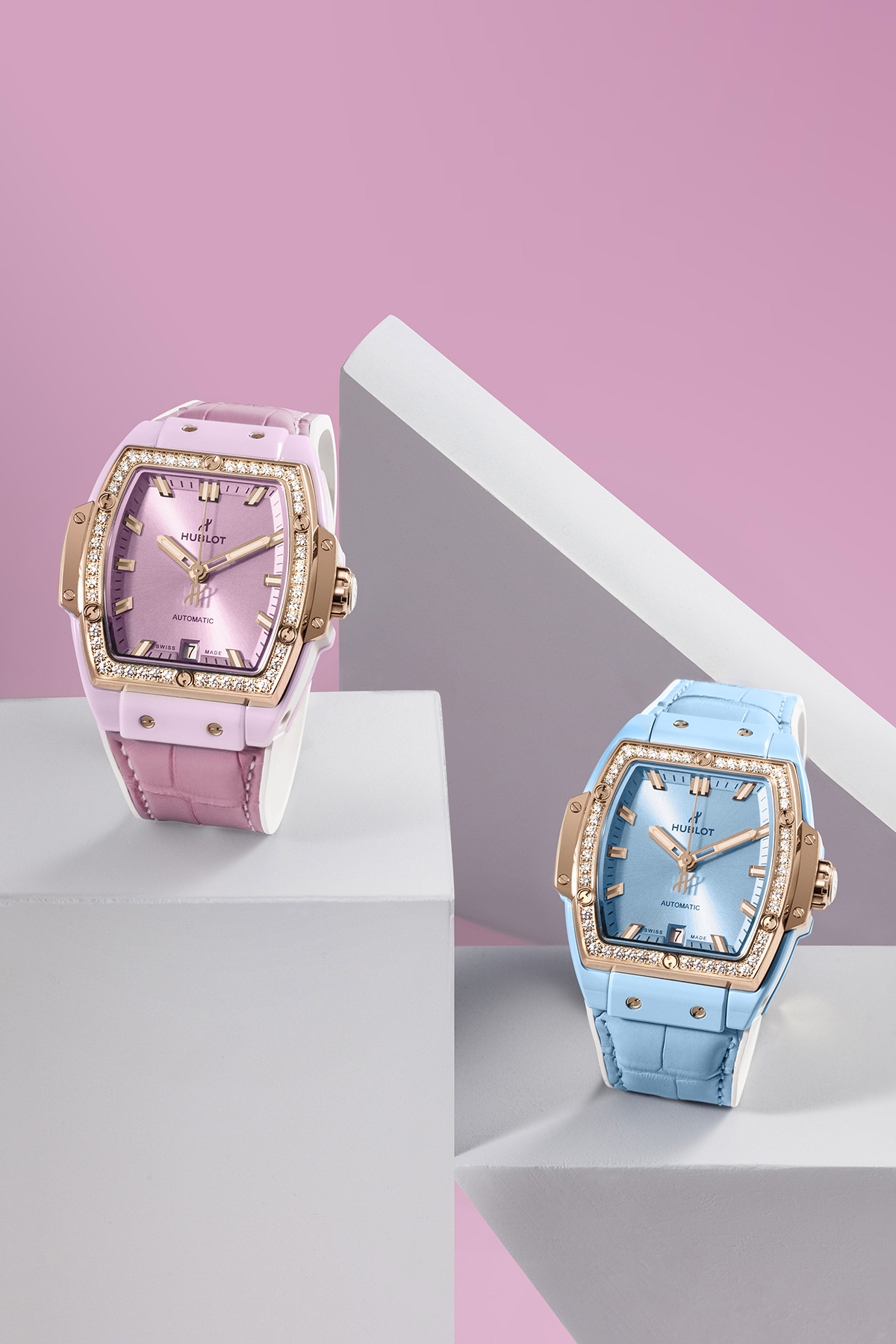
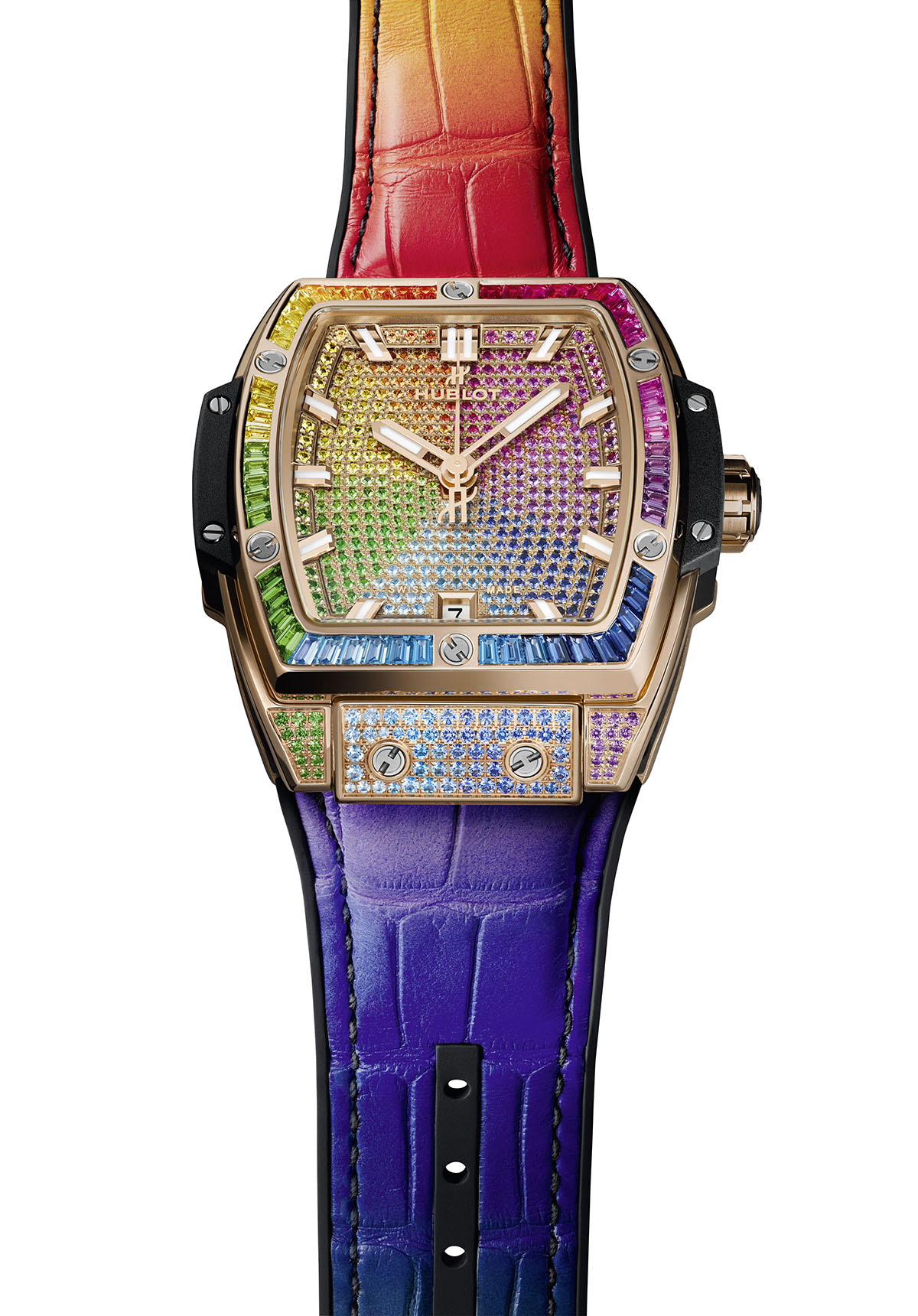
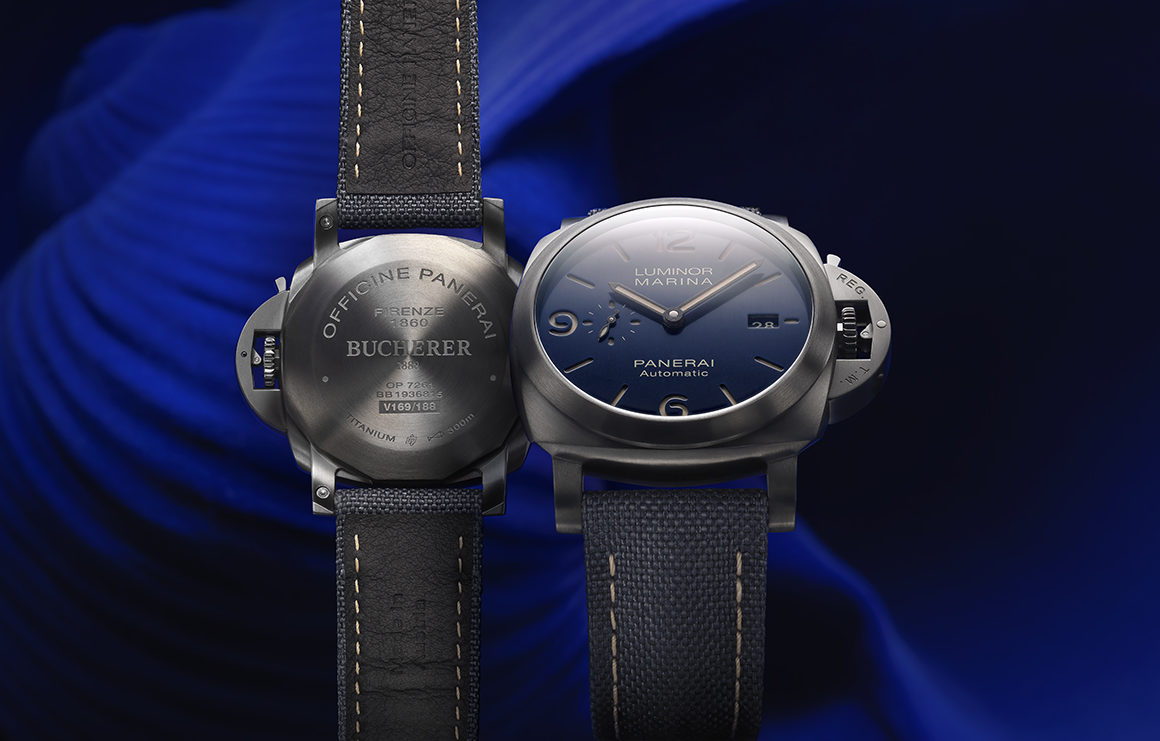
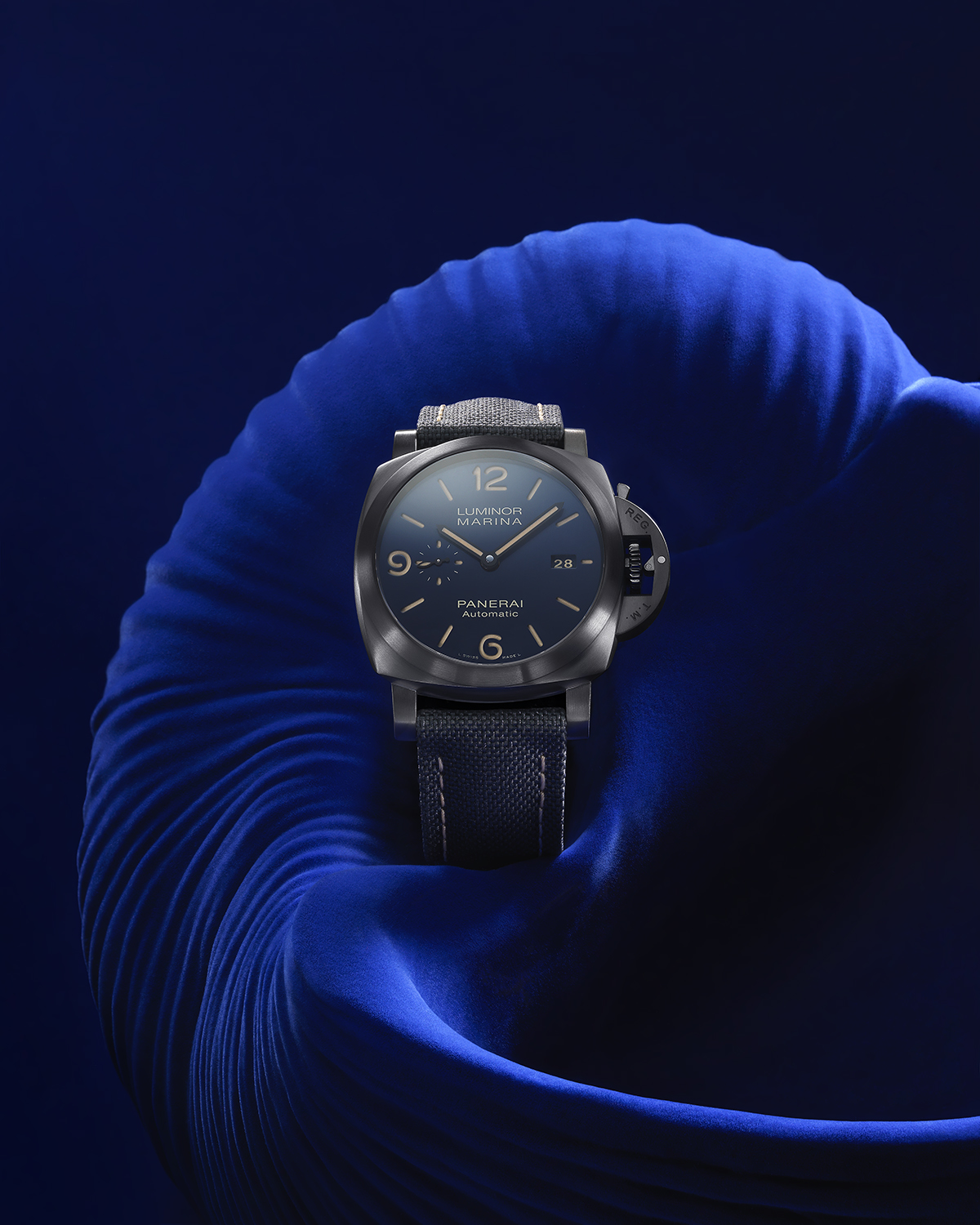
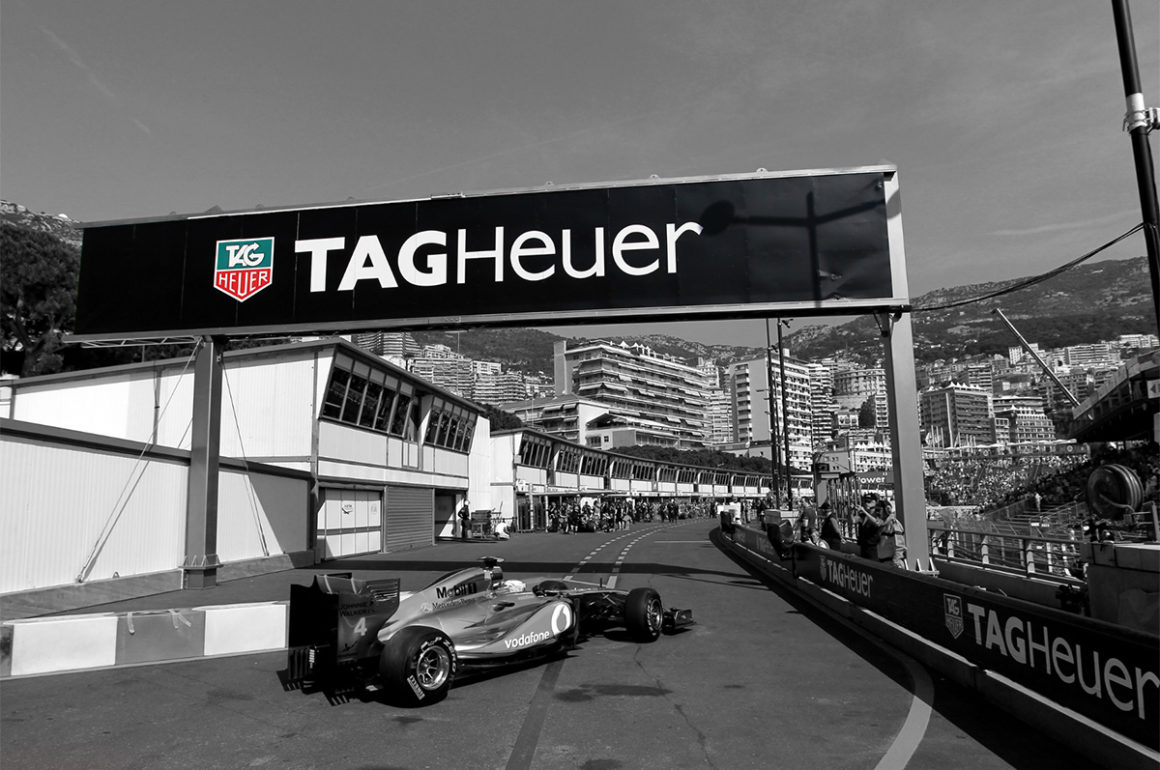
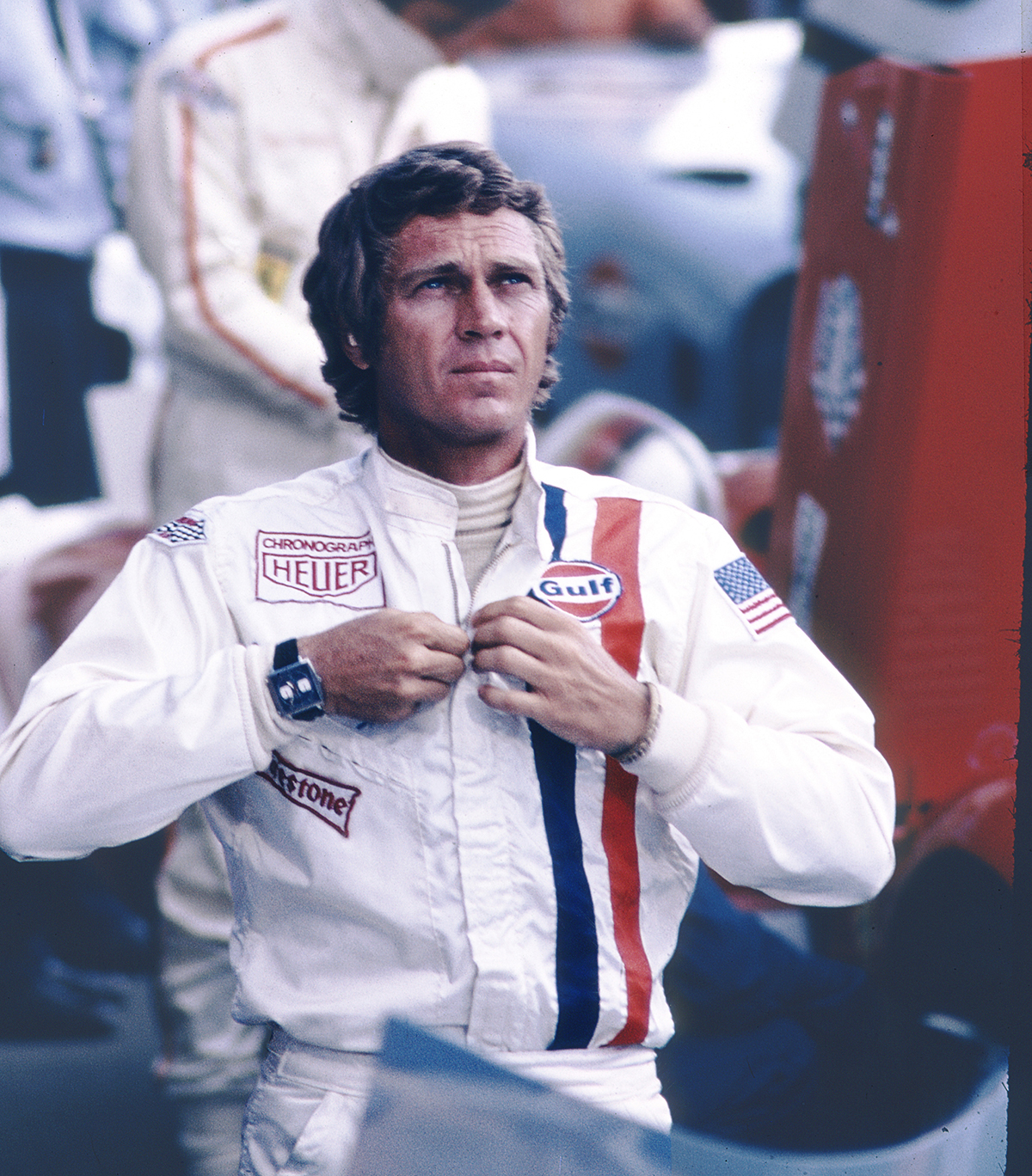
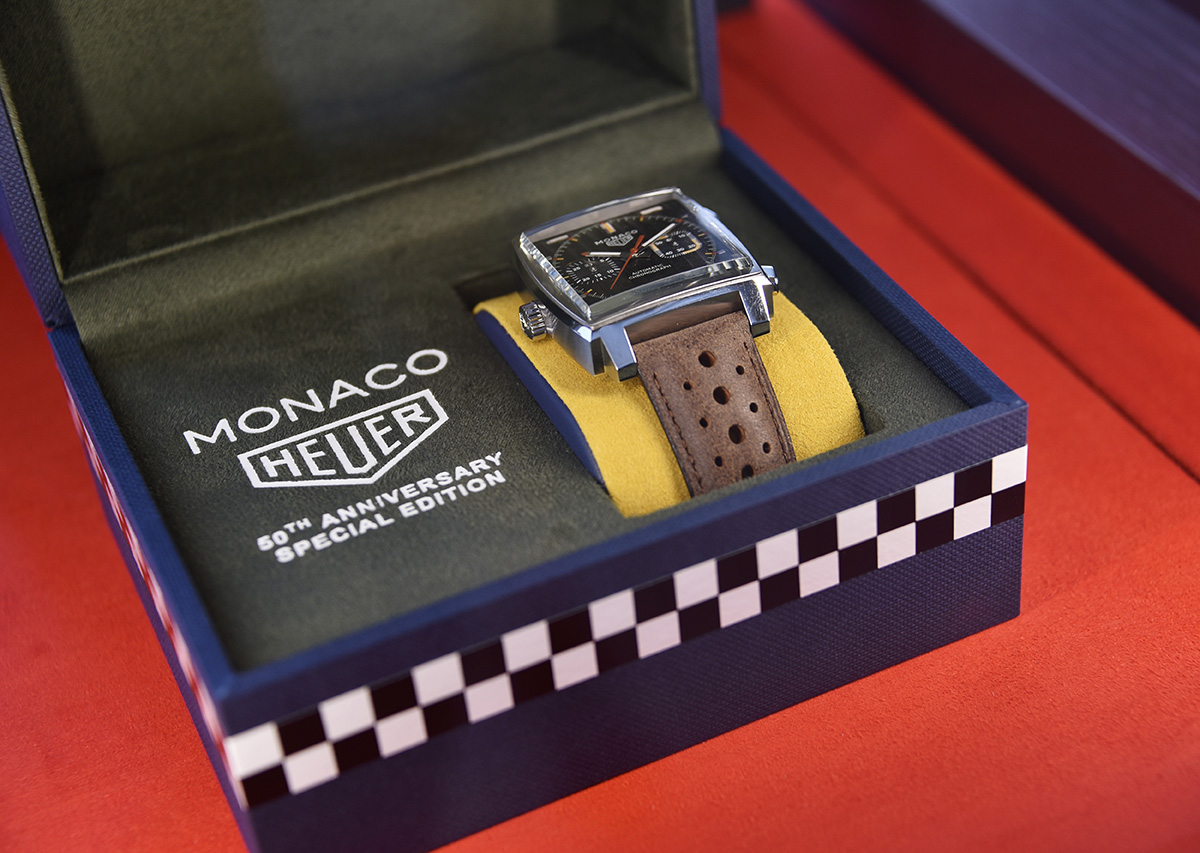
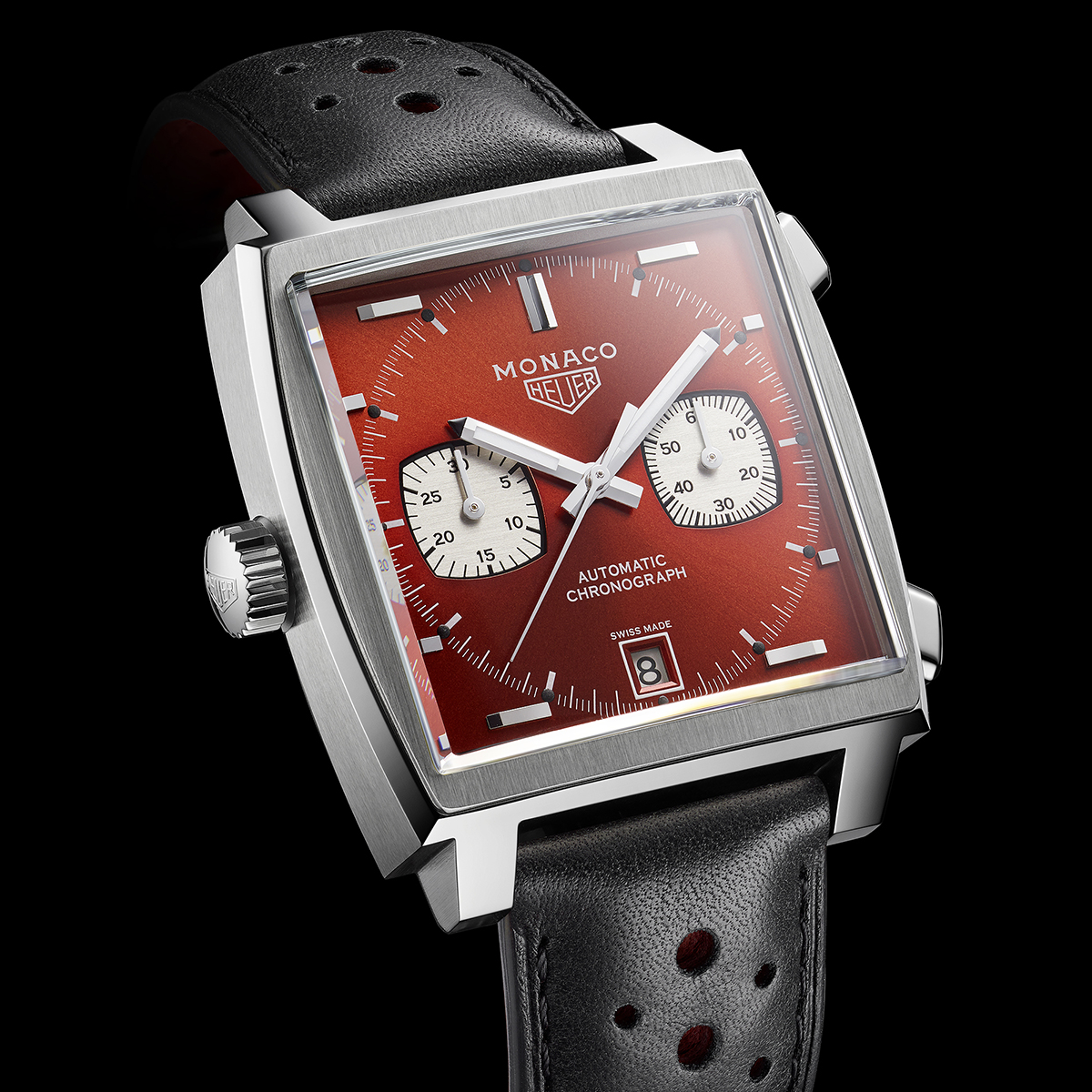
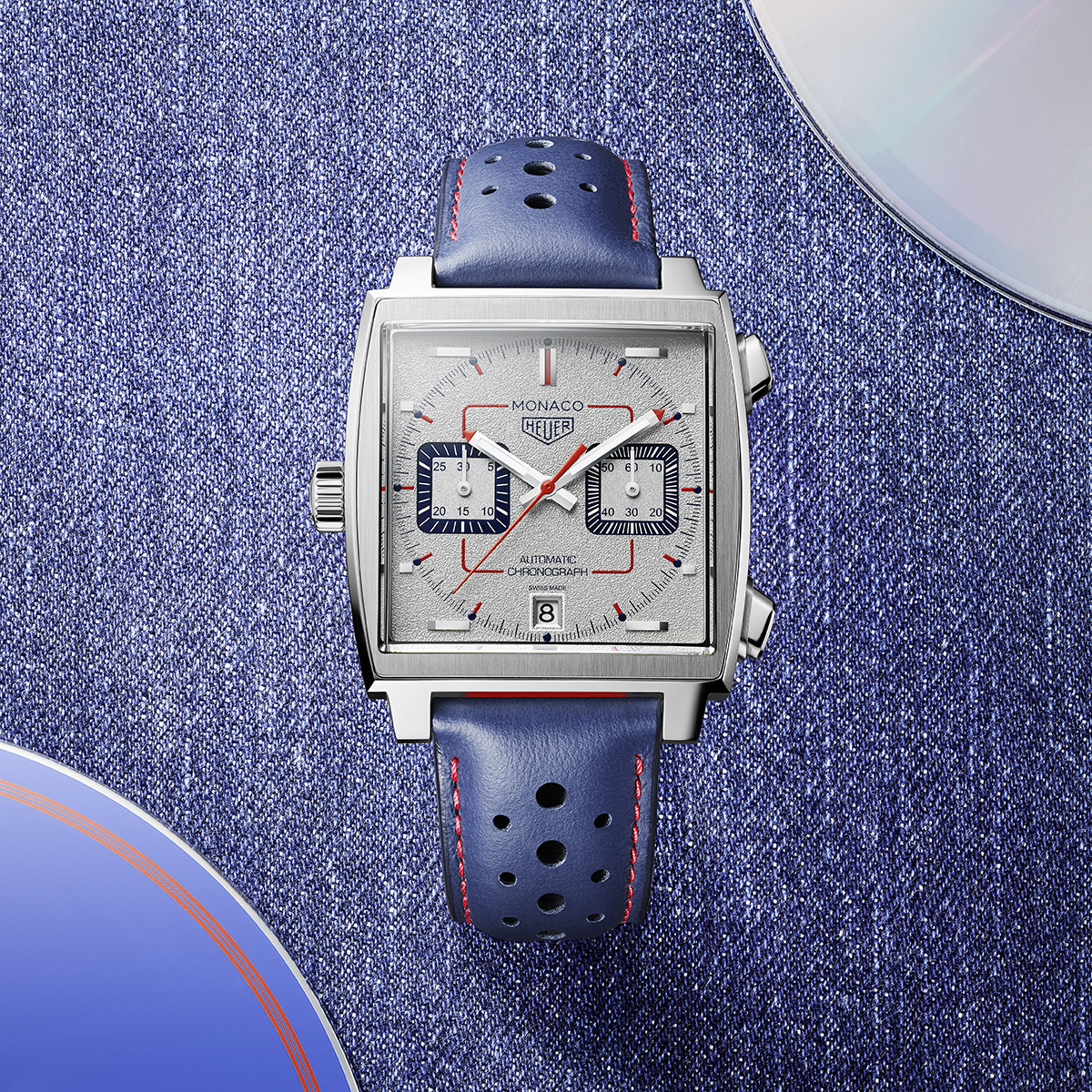
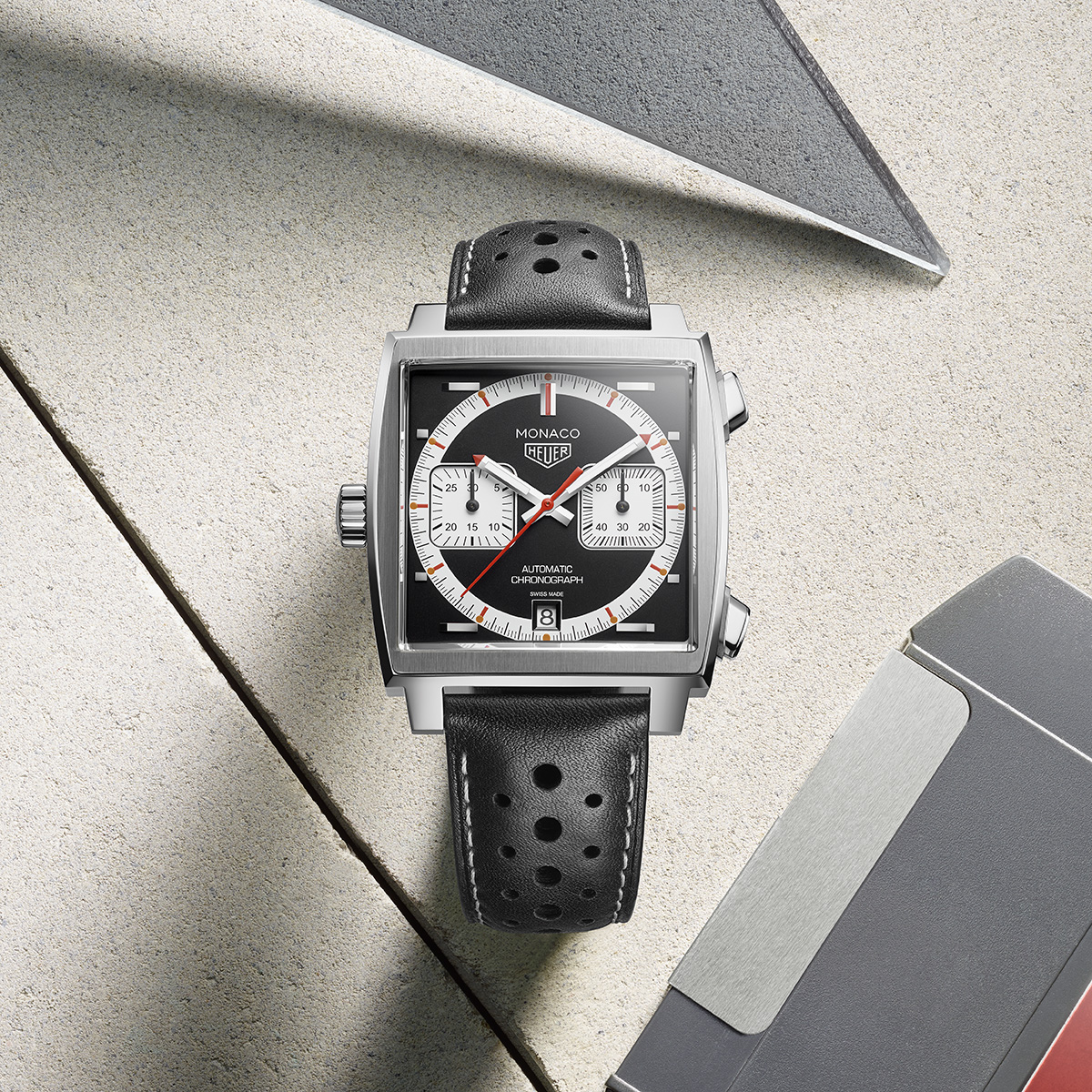

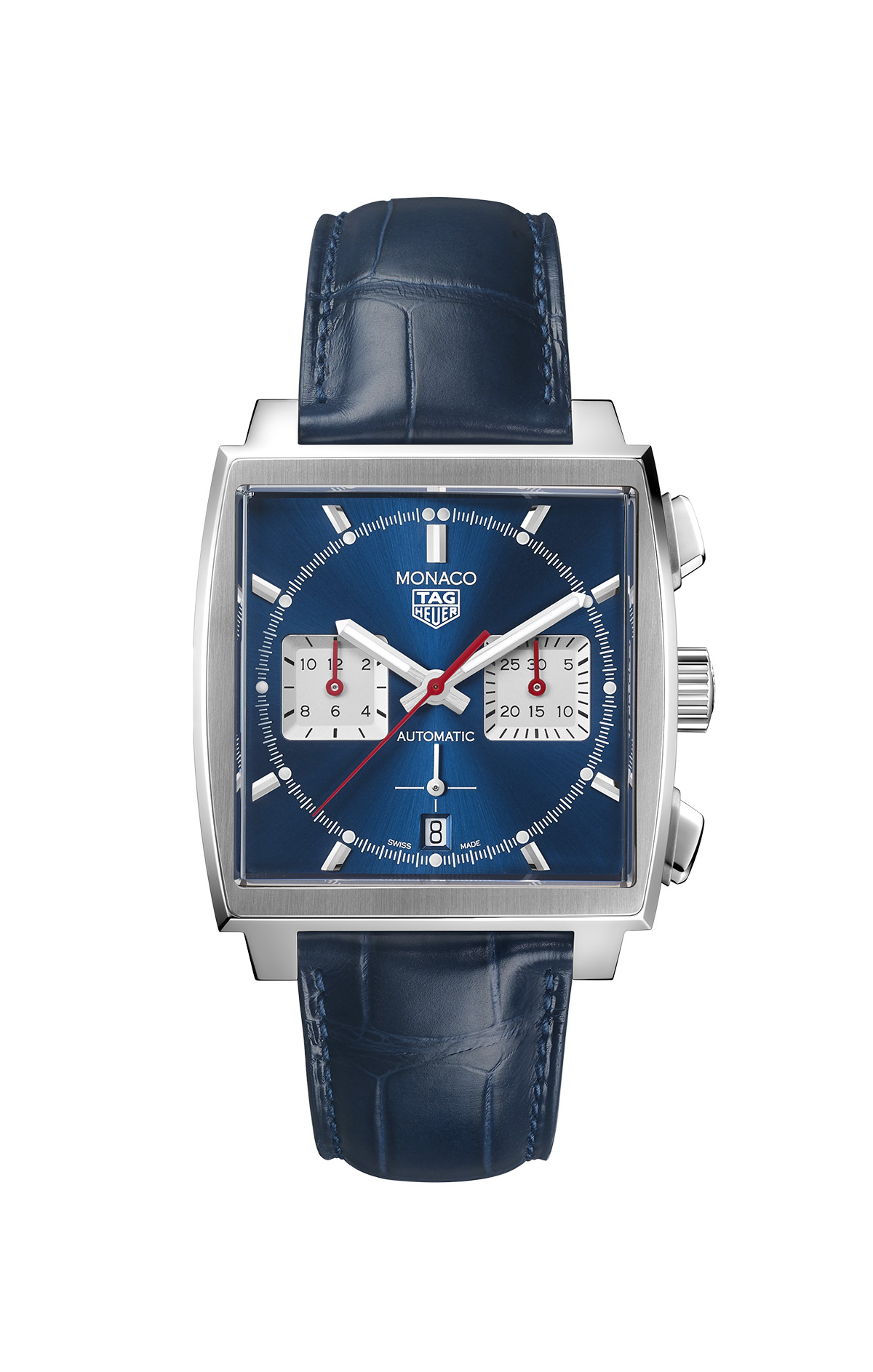
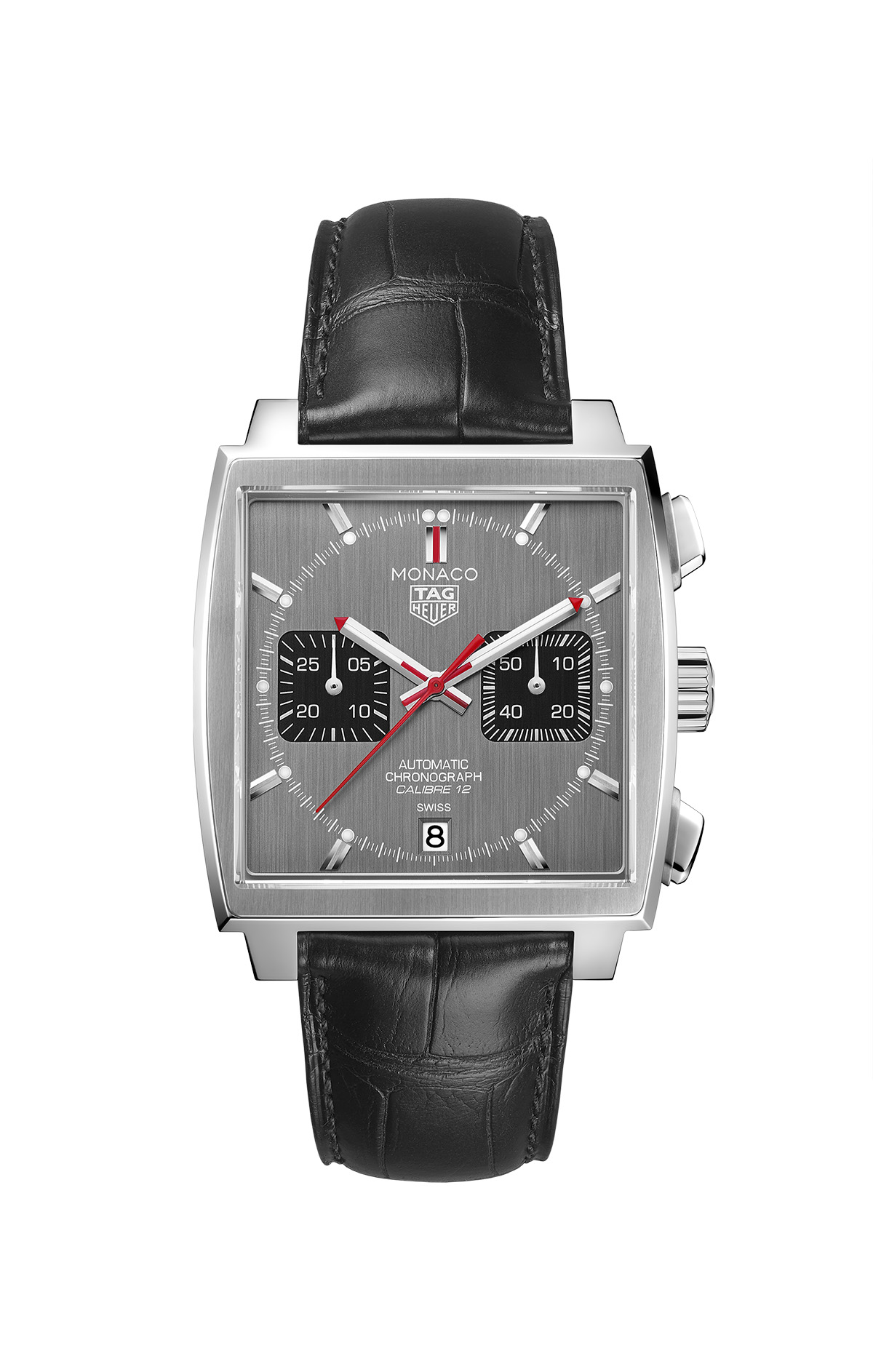
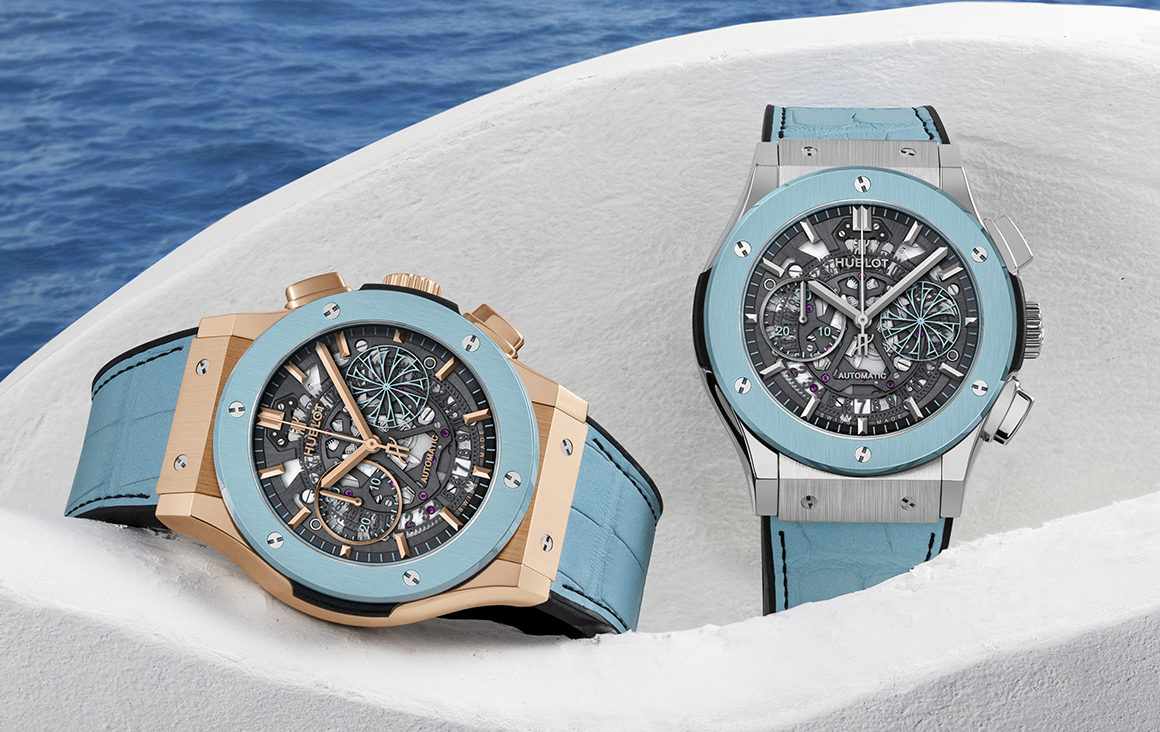
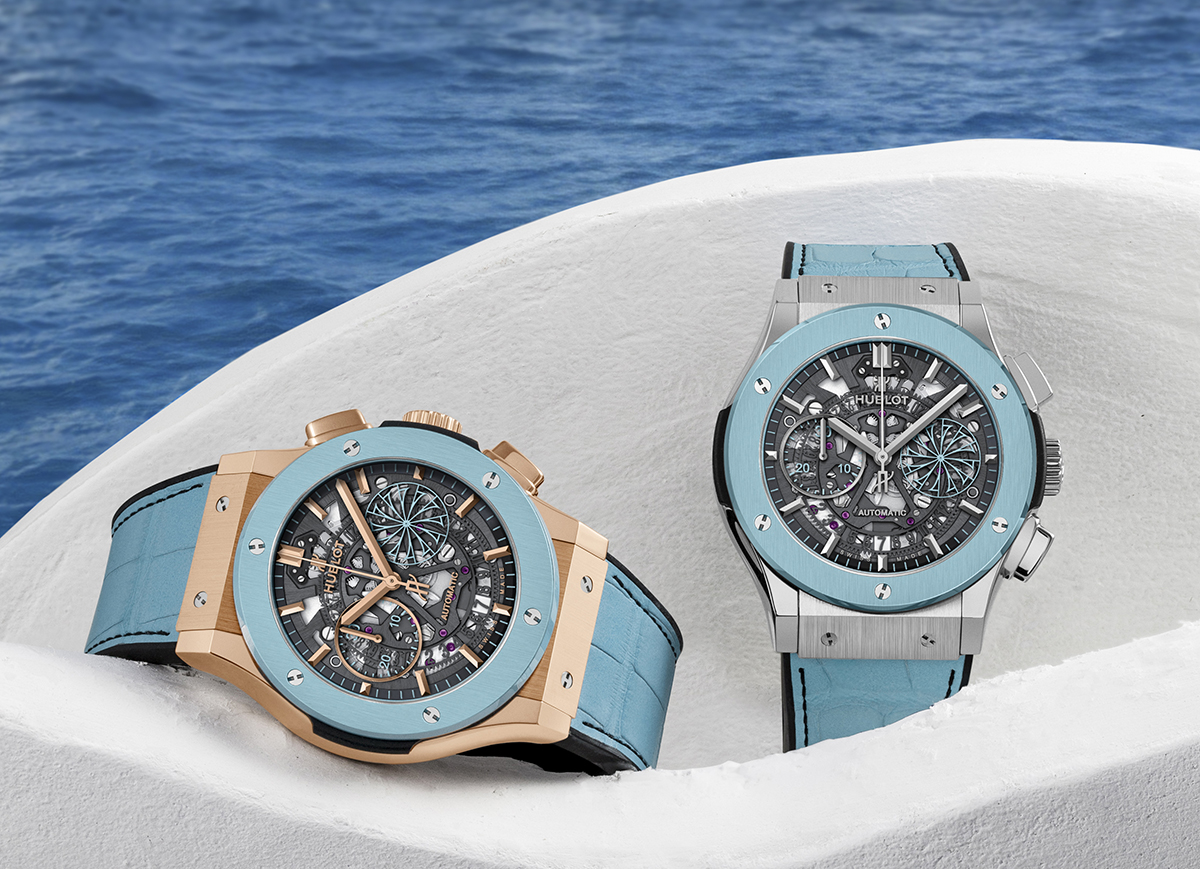
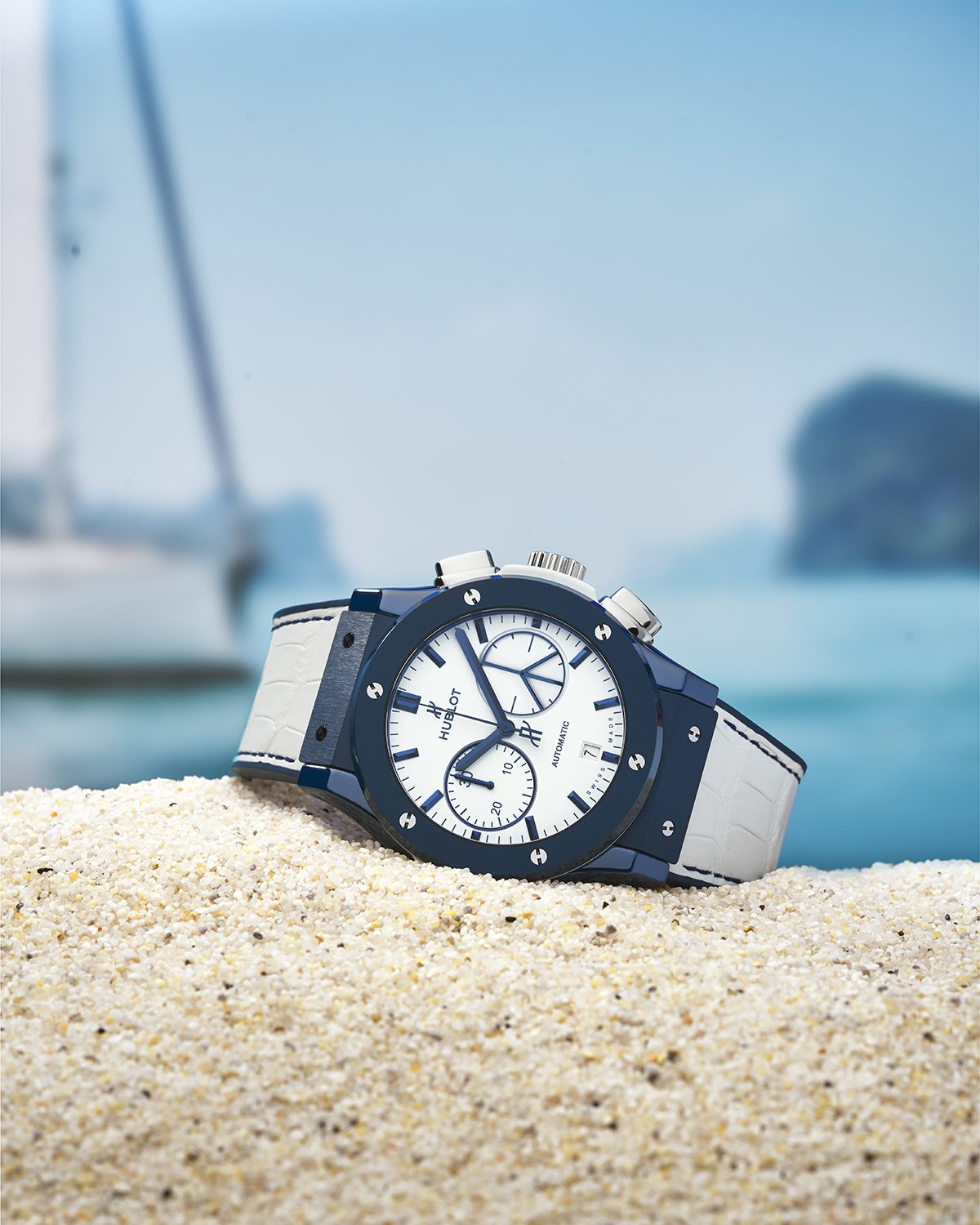
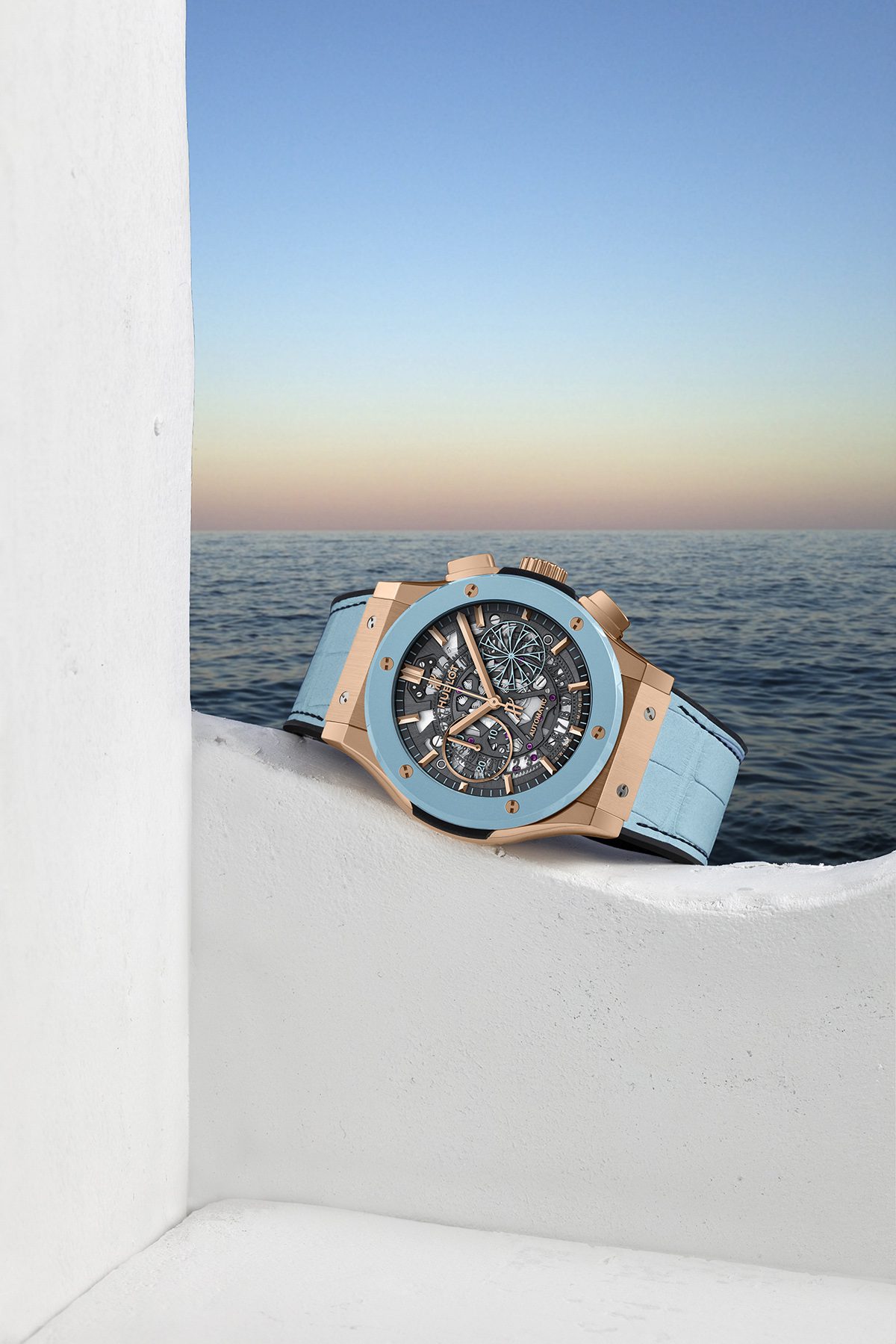
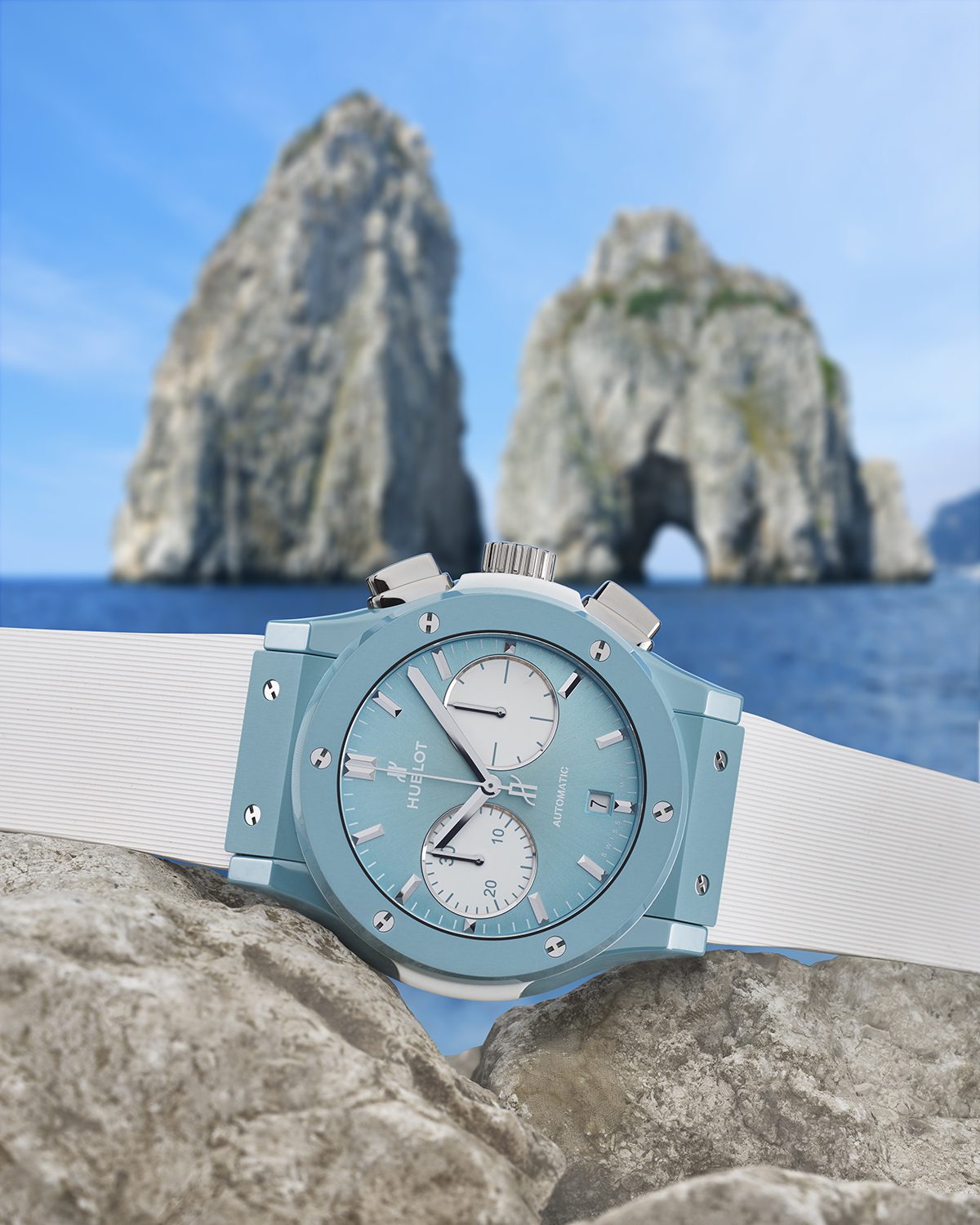





Recent Comments